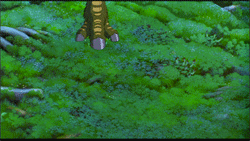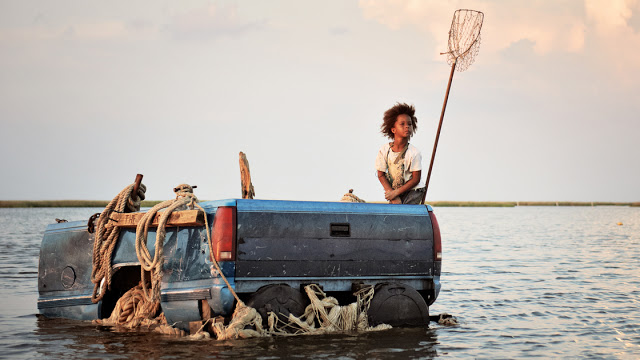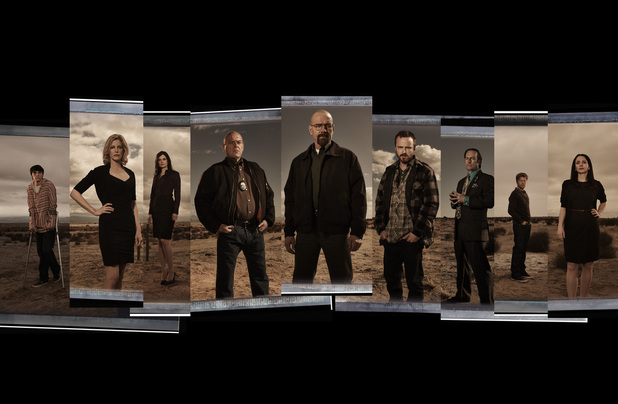 |
| Breaking Bad promotional still. |
Written by Leigh Kolb
Warning: Spoilers Ahead
Joseph Campbell immortalized the concept of the monomyth–or hero’s journey–in
The Hero with a Thousand Faces, which is required reading for students of literature and film. Campbell mapped out the archetypical hero, who has traversed centuries of myths, stories, films and now, television shows.
With the rise of the antihero in film and television,
Campbell’s roadmap of the hero’s journey is still accurate. It’s just more crooked.
Walter White is the perfect antihero, and his journey (from “Mr. Chips into Scarface,” as creator Vince Gilligan
has said)–from his departure and initiation to his return–is in lock step with the story arc of heroes throughout history, albeit it with a lack of heroic qualities. Gilligan has artfully shaken and baked archetypes, symbolism, religious imagery and time-worn human motivation into one of the greatest–and most literary–television series ever.
 |
| Modern storytelling borrows from ancient narratives. |
As Breaking Bad begins the final leg of its run, two pivotal women in Walt’s life are at the forefront of his life’s path. His wife, Skyler, acts as Campbell’s “goddess” figure, and Lydia has re-emerged as the “temptress.” As modern adaptations of Campbell’s archetypes, each is attempting to keep or draw Walt into a life that fits her needs, for better or worse.
At the end of the first part of Season 5, Skyler takes Walt into a storage locker where she has stashed their piles upon piles of money. She shows him that they have more than they need, and helps convince him to remove himself from the business. His megalomaniac greed was taking over, and Skyler seemed to be able to pull him back in. While Walt began his meth career ostensibly to support his family during his cancer treatments, by the time he was at the top, he was referencing his bitter anger at missing out on a fortune with Gray Matter Technologies and wanting to top what he could have been, had he not settled for the life he did.
 |
| Walt’s “meeting with the goddess,” as Skyler shows him that he has all he needs. |
Skyler has served as Walt’s moral compass throughout the series. Even when she was scheming and plotting, her plans (the car wash, especially) were often the most efficient and certainly didn’t have the body count that Walt’s career trajectory has had.
As a moral compass and goddess figure, Skyler doesn’t fit into the mold of what many would consider an archetypical “good” maternal force. It’s clear that she’s been an incredibly important force in Walt’s journey, and continues to be. Walt’s “meeting with the goddess”–when Skyler orchestrates the car wash, or when she takes him to the stockpile of money–
changes him and shifts his course.
This goddess figure is a twenty-first century force of maternal goodness–complicated, imperfect and often unlikeable. In “The True Anti-Hero of ‘Breaking Bad’ Isn’t Walter White,” Laura Bennett
argues that
“…Skyler—brash, self-righteous, unsure of what it means to do the right thing—is a messier case. And even at her least likeable, she is key to what makes this show overall so compelling: its moral prickliness, the way its view of good and evil can seem at once so twisted and so stark.”
Therein lies the brilliance of
Breaking Bad–our complicated relationships with and emotions about the characters reflect modern crises in what is good and what is evil. The world is
far more gray than most are comfortable admitting. This is obviously reflected in Walt’s character, but the female characters have the same complexity.
At this point on Walt’s journey, he appears to be back in a partnership with his wife. Walt enthusiastically shares ideas about expanding the carwash, and Skyler says she’ll “think about it.” She’s in the freshly shampooed driver’s seat.
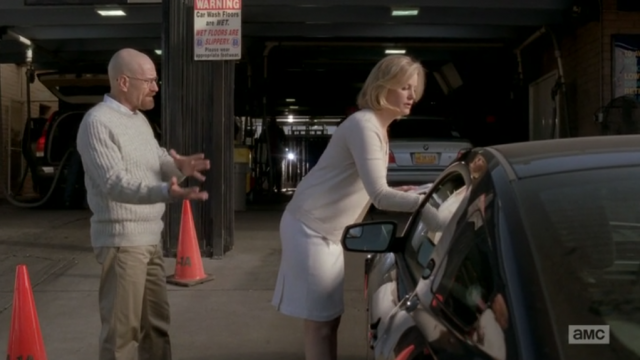 |
| Walt makes suggestions. Skyler says she’ll think about it. |
Meanwhile, Walt’s former business partner, Lydia, is one of the only ones left from his previous operation. She has stayed in the meth game, and is starting to lose without Walt’s pristine product. Lydia goes to the carwash and orders a wash from Skyler. Lydia confronts Walt inside, and begs him to come back. “You’re putting me in a box here,” she says, and promises him that there’s a great deal of money in it for them both.
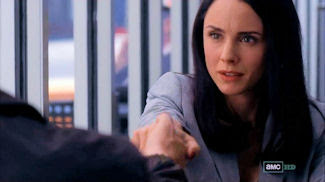 |
| Lydia is a shrewd businesswoman. |
Lydia–Campbell’s temptress–is trying to pull him back in. Some viewers may see his new, emasculated position at the carwash with his wife as decision-maker as a step down, and want him to return to his prior “glory.” This temptation to go back to his old life could seduce Walt, and could seduce the viewer, who is addicted to watching Walt spiral into power and out of control. Certainly there are those who are cheering for him to be beckoned by the siren song.
Skyler confronts Walt and points out that people don’t bring rental cars to the carwash (she notices everything–Walt probably would have been caught long ago without her eyes). He tells her who Lydia was and what she wanted, and Skyler immediately confronts Lydia. “Get out of here now,” she tells her. “Go.”
 |
| Skyler confronts Lydia. |
This is a twenty-first century goddess/temptress archetype. They are complicated and have their own motivations. They confront one another, and aren’t simply helpers or antagonists to the man on the journey. These compelling female characters, who play into a modern, “twisted” journey, are as noteworthy as the antihero who is taking the jagged, illegal path.
The goddess isn’t perfect. The temptress isn’t evil.
Moving female characters away from tired tropes is an excellent step (albeit uncomfortable, if you’re used to delineating female characters as one-dimensional stereotypes).
As the final few episodes of Breaking Bad commence, Walt reminds Hank, and us, that “If you don’t know who I am, maybe your best course would be to tread lightly.” With Hank discovering who he is, and his cancer having returned, Walt is in a box, too. It remains to be seen what he does to get out of it, although we’re not given any indication that he chooses the path of so-called righteousness. That’s for Jesse, who remains the Christ figure as he throws money to those in need as Saul jokes about his sainthood.
Humans have been telling and re-telling stories throughout their existence. The stories have changed very little, considering the depth and breadth of human experience. However, the moral ambiguity of the antihero and the strong and complex female characters that are present in Breaking Bad may still fit Campbell’s monomyth, but they push and warp the time-worn boxes of good vs. evil.
The female powers in fiction are often complex, course-changing and overlooked. Skyler and Lydia are frequently hated, ignored or seen as bit players–simply background dancers to Walt,
the main event. However, they are still poised,
just as they were in the first part of Season 5, to have a strong influence on the outcome of the story. As we as viewers hang in the balance, waiting for the untying of all of the knots that have been tightened in the last five seasons, the female characters are orchestrating and plotting, not just sitting by as passive bystanders. And that, of course, is just how it should be.
 |
| By the time Walt reaches his 52nd birthday, Skyler isn’t making his breakfast. |
________________________________________________________
Leigh Kolb is a composition, literature and journalism instructor at a community college in rural Missouri.








